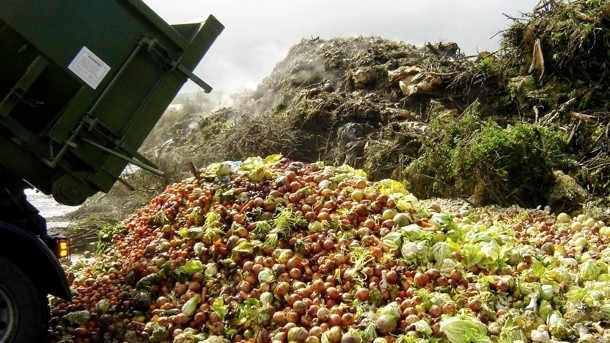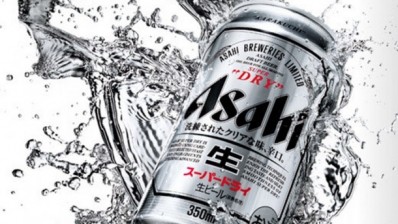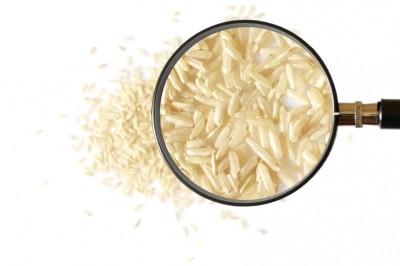‘Urgent action’ needed to tackle Japan’s food waste

This is the key finding of a new study, Food waste in Japan: Trends, current practices and key challenges, which analyses data from 1960 to 2011.
Food waste remains a critical issue in Japan, especially in light of the country's low food self-sufficiency rate and shortage of available landfill sites for waste disposal.
And although Japan's 2001 Food Waste Recycling Law has had a positive impact on recycling and waste minimisation among manufacturers, the authors say they is plenty of room for improvement elsewhere.
“According to our calculations, considering the average calorie and protein intake rate of edible food (1862 kcal/kg; 0.06 kg/kg) of the Japanese population in 2011 (127.80m), totals of almost 14.77m tonnes (including waste oils, sugar, etc.), and 9.46m tonnes (excluding waste oils, sugar, etc.) of edible food were wasted during food manufacturing, wholesale, retail and by end-consumers, such as households and restaurants,” stated the study, published in the Journal of Cleaner Production.
The research adds there are many factors that have contributed to the scale of food waste in Japan over the past 40 years, including economic development, shifting consumption patterns in line with western diets, Japan's well-established food service industry, and the wide cultural acceptance of dining out and purchasing cooked food.
Effective action
However, it also warns “there is also a growing disconnect between producers and consumers, where average citizens remain unfamiliar with the causes and consequences of waste associated with the modern food production system, effectively deterring actions to address the issue.”
It was estimated that a total of 37.86m tons of food waste was generated in 2011: 3.81m tonnes in the agricultural production stage, 3.95m tonnes in the storage and transportation stage, 19.96m tonnes in the commercial food stage, and 10.14m tonnes at the household stage, each comprising 10%, 10%, 53% and 27% respectively.
The distribution of food waste generated in the commercial stage, namely through manufacturing, wholesale, retail and catering activities stands at 83%, 11%, 6% and 9%, with a recycling rate of 78%, 50%, 34% and 16%, respectively.
This shows although the contribution of food waste in manufacturing is substantial, the recycling rate is also high. On the other hand, while food waste in the wholesale, retail and catering activities is relatively low, the disposal rate remains quite high.
Manufacturing efficiency
Referring to the role played by manufacturers, the reports states: “Part of this observed efficiency may be due to the fact that most wastes from food manufacturers are categorised as inedible or an edible part of food loss that inevitably occurs during food production, and which are easier to control, reduce, separate and recycle as animal feed and fertiliser. In fact, more than half of this food waste represents marketable goods, which have been sold commercially as animal feed or fertiliser. In other words, there exists little room left for [manufacturers to] further reduce and recycle food waste.”
Instead, the authors insist there needs to be greater emphasis on restaurant and consumer waste reduction and recycling initiatives, where “there exists huge room for improvement”.
“For example, policies that include residents into the loop of food production, consumption and waste management, not only as consumers, but as a key link in the social chain of actors represents an important potential driver,” they add.
The amount of annual food waste observed at the household stage is estimated at 10.14m tonnes, of which 94% is treated through incineration or landfilled, with only 4% recycled.
Source: Journal of Cleaner Production
Volume 133, 1 October 2016, Pages 557–564. doi:10.1016/j.jclepro.2016.06.026
“Food waste in Japan: Trends, current practices and key challenges”
Authors: Chen Liu, et al















